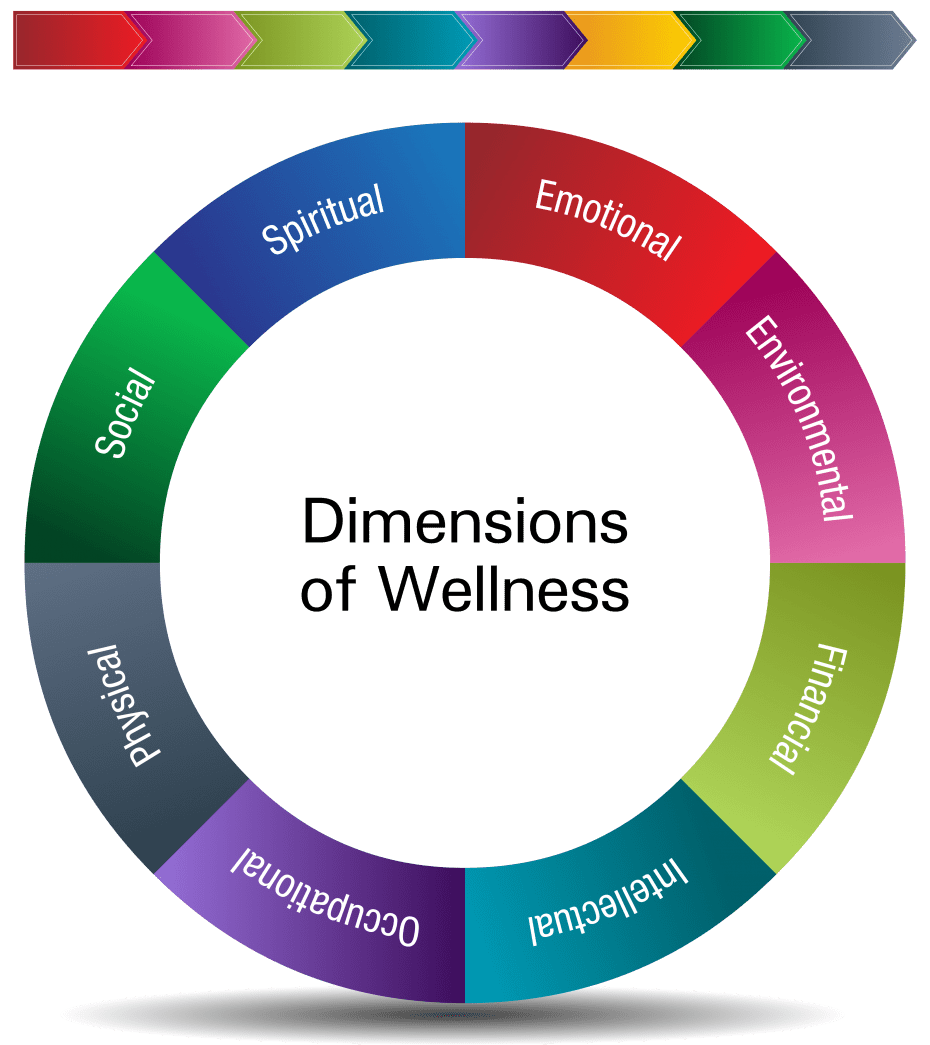By Myriah Shimatsu
From the Winter 2023 Journal of the Colorado Dental Association
 Make lasting change in 2023 instead of a new year’s resolution. Creating new habits is hard work! However, it is the key to getting lasting results rather than another quick fix that usually doesn’t fulfill your desired wants or needs.
Make lasting change in 2023 instead of a new year’s resolution. Creating new habits is hard work! However, it is the key to getting lasting results rather than another quick fix that usually doesn’t fulfill your desired wants or needs.
How long does it take to create a new habit? The truth is…FOREVER! Once you have developed a habit, if you were to stop doing it, it is no longer a habit. That is why it is best to focus on creating the lifestyle you want to have rather than a temporary achievement that doesn’t stick around. Here are five principals to shift your wants into reality:
- Create an identity-based habit.
- Break down the habit with a gateway habit.
- Be specific with your new habit with an implementation intention.
- Try habit stacking to program your habit into your day.
- Focus on creating the right environment design to achieve success.
Rather than setting a resolution or goal for 2023, set an identity-based habit. An identity-based habit focuses on who you want to become, not what you want to achieve. For example, “I want to run a race” is an outcome goal. Instead try, “I want to become a runner,” which is an identity-based goal. In order to set an identity-based habit you should start by asking yourself, “What type of person do I want to be?” Think about what values and principles this type of person might attain. True behavior change is identity change.
Second, break down your identity-based goal into small actionable goals or gateway goals. A gateway goal is a small habit that will naturally lead to a bigger habit. Science states that when starting a new habit, it should take less than two minutes to implement at first. So, a gateway goal for “I want to become a runner” could be: put on my running clothes and shoes. Performing this step is reinforcing the smallest step of your identity-based goal and mastering consistently showing up for yourself. This small step will set you up to take action.
Next, make sure your new habit is as specific as possible by setting an implementation intention. An implementation intention is the plan you set beforehand about when and where to implement your habit. To create an implementation intention, follow this process: “I will (behavior/habit) at (time) in (location).” Using our example scenario, this equates to: “I will run at 5:30 a.m. in the neighborhood.” Setting your new habit into your day at the right time makes a huge impact on the follow through of forming the habit.
To make sure you have chosen the right time of day to program your new habit, you could try habit stacking. Habit stacking is the process of pairing your new habit with an already established old habit. For instance, if you get up every morning and shower you can program your new habit before the old habit. In this process you are reprograming your new “cue” of waking up to be go for a run rather than take a shower.
Last, you will want to focus on creating the right environment to support the new identity-based habit. Creating an environment design makes the cues of your good habit more obvious and favors that habit you are trying to establish. For example, you can set out your running clothes and shoes next to your bed so when you wake up you see them first thing. Your physical space should be designed to work with your new habit.
At this point, you have the tools to create a specific and actionable identity-based habit. It’s time to set this plan into action. Choose a reward that is aligned with your new habit and a deadline to receive the reward if you successfully implement the new habit. For example, after 30 days of putting on my running shoes at 5:30 a.m. and running at least 3 times a week, I will buy a new pair of running shorts. External rewards are one of the best methods to maintain motivation while waiting for long-term outcomes.
Once you have achieved this reward, implement another short-term reward aligning with your identity-based habit. Another form of a reward you could use is tracking your actions/progress. This allows you to visually see you are showing up and living out your new lifestyle and habit. Nothing sustains motivation better than accountability to someone or something else. Join a running group or gym that you can go to at the specified time of your new habit to help stay on track. Once the habit is no longer challenging you can set rewards further out or up the stakes of the reward.
Make 2023 your year of becoming the person you have always have wanted to be. Lead by example for your dentist practice and team. Follow this process for any new habit you are looking to create and watch your identity begin to shift.
These terms and strategies stem from behavioral change science and principals from the best-selling book, “Habit Change” by James Clear. If you found this article helpful I encourage you to read the full book.
Myriah Shimatsu is the owner of Movement 1st Wellness, a workplace wellness consultant and solutions provider. She now offers a new digital platform that is an all-in-one wellness solution for any workforce. For more details or to schedule a free demo of the platform check out www.movement1stwellness.com or email myriah@movement1stwellness.com.


